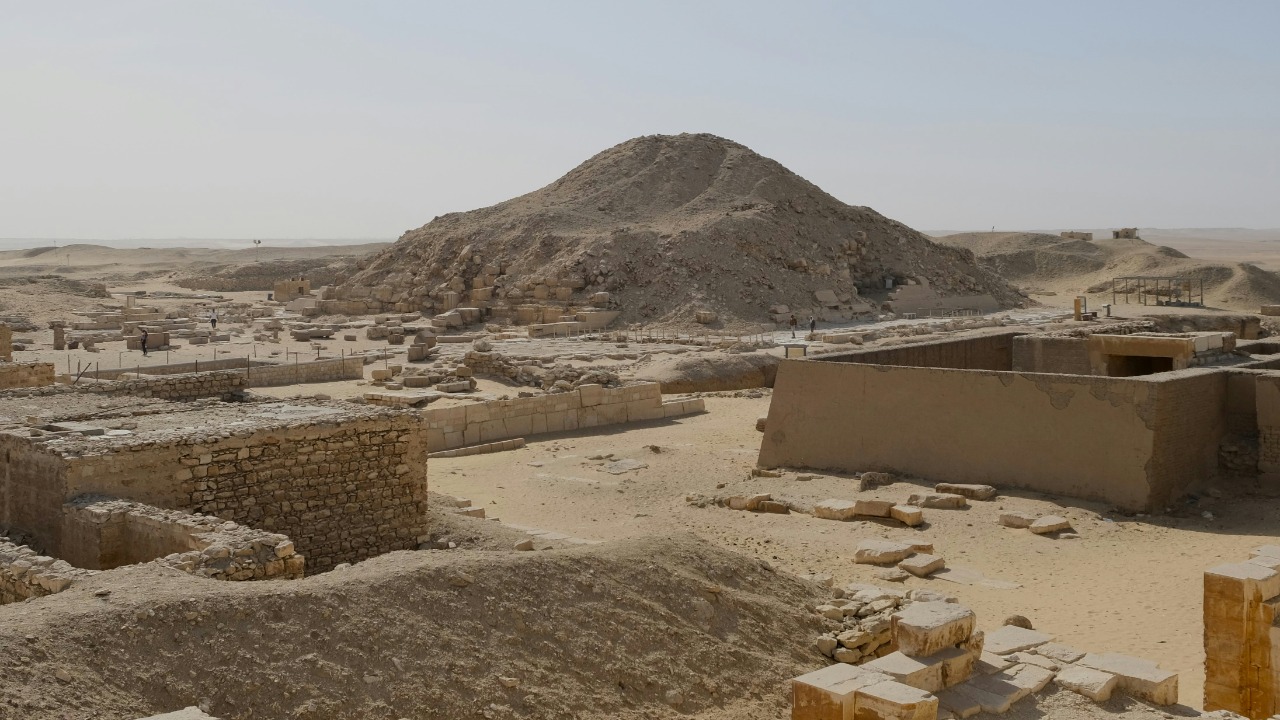
Archaeologists may have discovered the forgotten capital of a lost civilization, a find that could redefine historical narratives as we know them. This newly uncovered site, potentially linked to the birthplace of Alexander the Great’s grandmother, provides a fascinating glimpse into a world once thought to be lost to time.
The Discovery
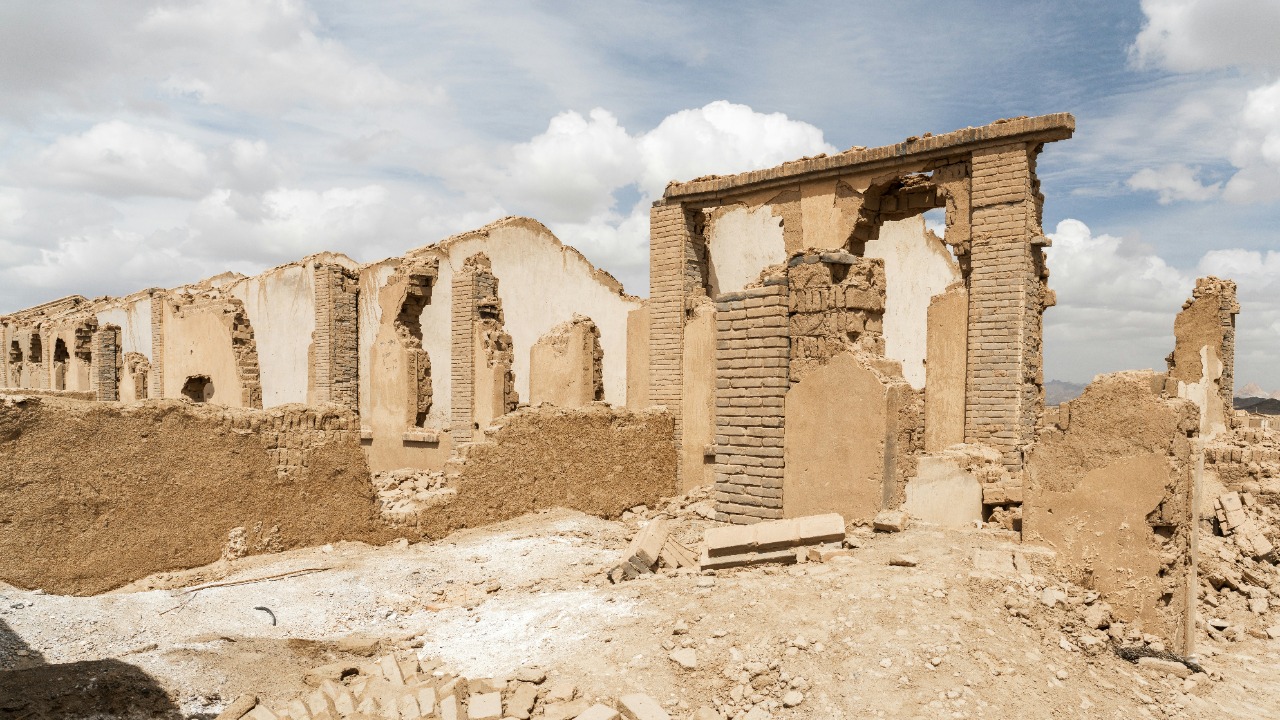
Details of the Excavation
The excavation site is located in the heart of North Macedonia, an area rich with historical significance. Archaeologists have long been drawn to this region due to its strategic location along ancient trade routes and its proximity to the birthplace of significant historical figures. The site itself is nestled in a valley surrounded by hills, offering both protection and a vantage point, which would have been ideal for a thriving capital.
Initial excavations have revealed an extensive network of streets and buildings, suggesting a well-organized urban settlement. The discovery of defensive walls and what appears to be a central marketplace hints at the city’s role as a hub of commerce and governance. The team’s methodical approach, combining traditional excavation techniques with modern technology such as ground-penetrating radar, has been instrumental in uncovering these buried structures.
Artifacts Unearthed
Among the most remarkable finds are intricately designed ceramics and metalworks, which reveal much about the civilization’s culture and technological prowess. These artifacts suggest a society with sophisticated artistic sensibilities and skilled craftsmanship. Additionally, coins bearing unique insignia provide clues about the economic systems in place, indicating a complex trade network that likely extended far beyond the region.
The discovery of religious artifacts, including small statues and ceremonial vessels, offers insights into the spiritual life of the inhabitants. These items, coupled with the architectural remnants of what could be a temple or a palace, paint a picture of a civilization with a rich ceremonial tradition and possibly a hierarchical societal structure.
Initial Reactions
The archaeological community has responded with a mix of excitement and cautious optimism. As experts begin to analyze the wealth of information uncovered, the potential implications for our understanding of ancient history are becoming apparent. Some scholars suggest that this site could represent a key piece in the puzzle of ancient European civilizations, offering new perspectives on their development and interactions.
There is also a growing interest in the potential connections between this site and other known ancient cities. Researchers are eager to explore these links further, hoping to uncover more about the trade and cultural exchanges that might have occurred. This discovery could ultimately lead to a reevaluation of the historical narratives surrounding the rise and fall of civilizations in this region.
Historical Context

The Lost Civilization
The civilization believed to have inhabited this site remains shrouded in mystery, with few historical records to guide our understanding. However, the physical evidence suggests a society that thrived during a period of significant cultural and economic development in ancient Europe. Previous theories about their disappearance have ranged from natural disasters to invasions by neighboring tribes.
As the excavation progresses, researchers hope to piece together a more comprehensive history of this lost civilization. By examining the artifacts and structures in detail, they aim to uncover the reasons behind the civilization’s decline and eventual disappearance. This quest for knowledge underscores the importance of archaeological research in filling the gaps left by historical records.
Connection to Alexander the Great
One of the most intriguing aspects of this discovery is its potential link to Alexander the Great. Historical accounts and genealogical evidence suggest that this site may have connections to his grandmother, adding a layer of historical intrigue to the discovery. If confirmed, this connection could offer new insights into the early influences that shaped one of history’s most renowned conquerors.
Genealogical studies and historical texts are being reexamined in light of these findings, with historians keen to explore how such a link might alter our understanding of Alexander’s lineage and the broader historical context of his time. This potential connection highlights the interconnectedness of ancient civilizations and the enduring impact of their legacies.
Comparative Analysis
When compared to other ancient capitals, this site stands out for its unique blend of cultural influences and architectural styles. While it shares some commonalities with well-known cities of the time, such as Athens or Rome, the distinct features of its artifacts and urban planning suggest a civilization with its own identity and innovations.
Researchers are conducting comparative analyses to better understand these unique aspects and how they might have influenced or been influenced by neighboring cultures. This comparative approach not only enriches our understanding of the site itself but also contributes to a broader appreciation of the diversity and complexity of ancient civilizations.
Significance of the Findings
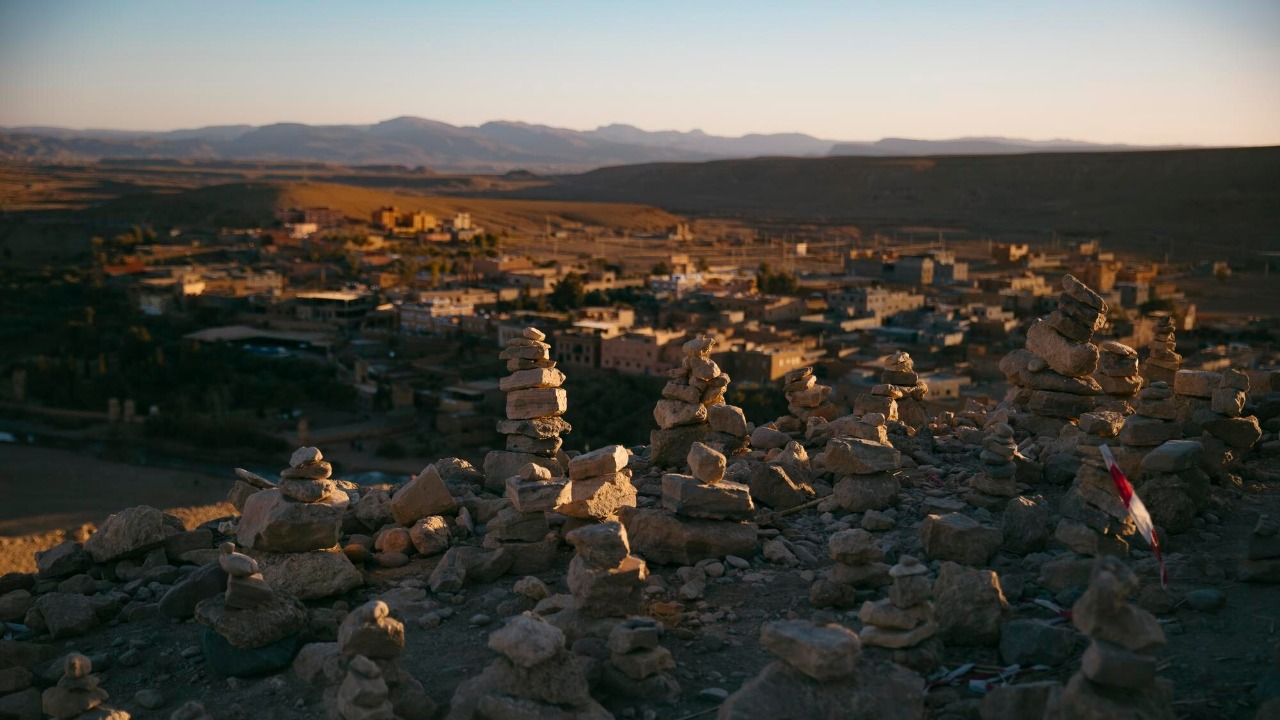
Impact on Historical Narratives
This discovery has the potential to significantly challenge existing historical narratives about the region. By providing tangible evidence of a sophisticated society that once thrived in North Macedonia, it prompts historians to reconsider longstanding assumptions about the area’s past. These findings could shift the focus from more well-documented civilizations to those that have remained in the shadows of history.
As researchers continue to analyze the data, they are exploring how these findings might support or contradict current theories about the development of ancient European cultures. The implications of this research extend beyond regional history, offering insights that could reshape our understanding of the ancient world as a whole.
Cultural Insights
The artifacts and structures unearthed at the site offer a window into the social, political, and economic structures of the civilization. The presence of a marketplace, for instance, indicates a complex economy with trade networks that would have required sophisticated management and organization. Similarly, the architectural remnants suggest a society with a clear social hierarchy, possibly governed by a centralized authority.
These cultural insights are invaluable for historians and archaeologists seeking to understand the dynamics of ancient societies. By examining the nuances of this civilization’s daily life, researchers can gain a deeper appreciation for the factors that contributed to its development and eventual decline.
Technological Advances
The excavation of this site has been greatly aided by advances in archaeological technology and methodology. The use of ground-penetrating radar and other non-invasive techniques has allowed researchers to explore the site with minimal disruption, preserving its integrity for future study. These technologies have not only enhanced the efficiency of the excavation but also provided more detailed and accurate data.
As the field of archaeology continues to evolve, the integration of new technologies promises to unlock further discoveries and insights. This site’s excavation serves as a testament to the power of innovation in uncovering the secrets of the past and expanding our understanding of human history.
Future Research and Exploration
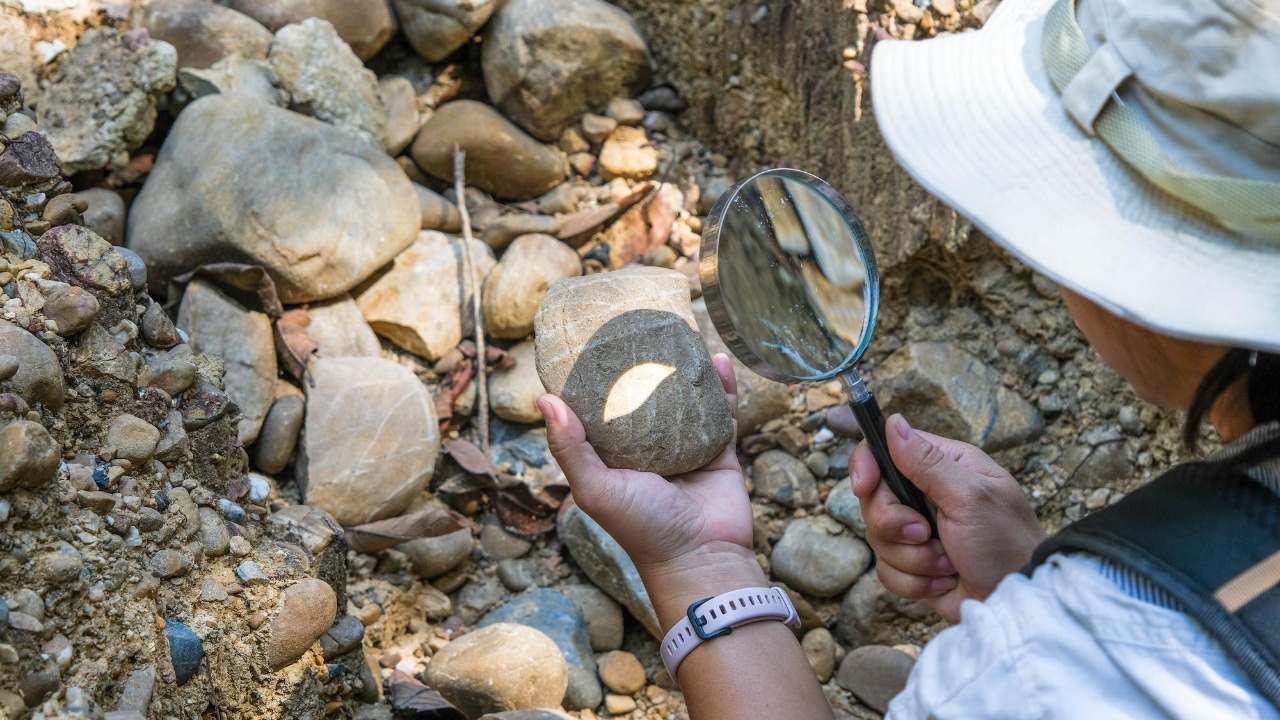
Ongoing Investigations
With the initial findings generating such excitement, researchers are eager to continue their work at the site. Plans for future excavations are already underway, with teams preparing to delve deeper into the buried layers of history. However, these efforts are not without their challenges, as archaeologists must navigate the complexities of the site while ensuring its preservation for future generations.
As investigations progress, researchers hope to uncover more about the daily lives of the civilization’s inhabitants, as well as the broader socio-political context in which they lived. This ongoing research is crucial for building a comprehensive understanding of the site’s historical significance and its place within the broader tapestry of ancient civilizations.
Interdisciplinary Collaboration
The success of the excavation has been greatly enhanced by the collaboration between archaeologists, historians, and other experts. This interdisciplinary approach has allowed for a more nuanced interpretation of the findings, drawing on diverse fields of study to build a cohesive narrative. Such collaboration is essential for advancing our understanding of complex historical phenomena and ensuring that all aspects of the site are thoroughly investigated.
Moving forward, researchers are seeking to expand these collaborative efforts, inviting specialists from various disciplines to contribute their expertise. This inclusive approach not only enriches the research process but also fosters a sense of shared purpose and collective discovery among those involved.
Broader Implications
The discovery of this forgotten capital could inspire a renewed focus on archaeological efforts in other regions, as researchers seek to uncover more lost civilizations. By highlighting the potential for significant finds in unexpected locations, this site serves as a reminder of the vast and untapped wealth of historical knowledge that remains hidden beneath the earth’s surface.
In addition to advancing our understanding of the ancient world, this discovery also underscores the importance of preserving and studying our shared cultural heritage. As archaeologists continue to explore the past, their work holds the promise of unveiling new stories that connect us to our ancestors and enrich our understanding of human history.
Preservation and Public Engagement
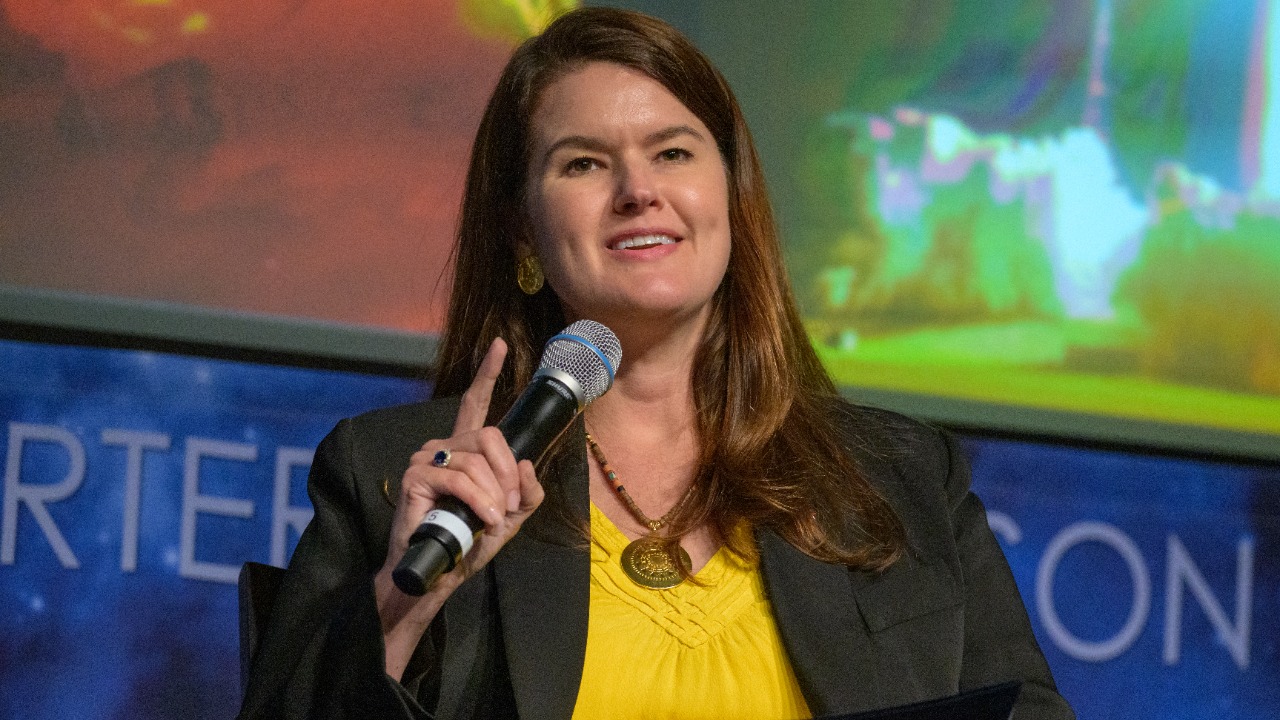
Conservation Efforts
Preserving the site and its artifacts is a top priority for researchers and conservationists. Efforts are being made to ensure that the site remains intact for future study, with measures in place to protect it from environmental and human threats. These conservation efforts are essential for safeguarding the historical legacy of the civilization and ensuring that future generations can benefit from the insights it offers.
In addition to physical preservation, researchers are also working to document the site and its findings through digital means. By creating detailed records and 3D models, they are able to share their discoveries with a global audience and facilitate further research by scholars around the world.
Educational Initiatives
The discovery presents a unique opportunity to engage the public with the history and significance of the site. Educational programs and exhibits are being developed to share the story of the forgotten capital and the civilization that once thrived there. By making this history accessible to a wider audience, researchers hope to inspire a new generation of archaeologists and historians.
These initiatives are designed to foster a greater appreciation for the importance of archaeological research and the role it plays in uncovering the mysteries of the past. Through interactive exhibits and educational outreach, the public is invited to explore the discoveries and consider the broader implications of this remarkable find.
Global Interest
The international media has taken a keen interest in the discovery, highlighting its significance and bringing attention to the ongoing research efforts. This global interest has helped to garner support for continued exploration and preservation of the site, as well as encouraging further archaeological investigations in the region.
As the story of this lost civilization continues to unfold, it serves as a powerful reminder of the enduring fascination with human history and the shared curiosity that drives us to explore the past. The discovery of the forgotten capital is a testament to the resilience of human culture and the endless possibilities for uncovering new chapters in the story of our world.